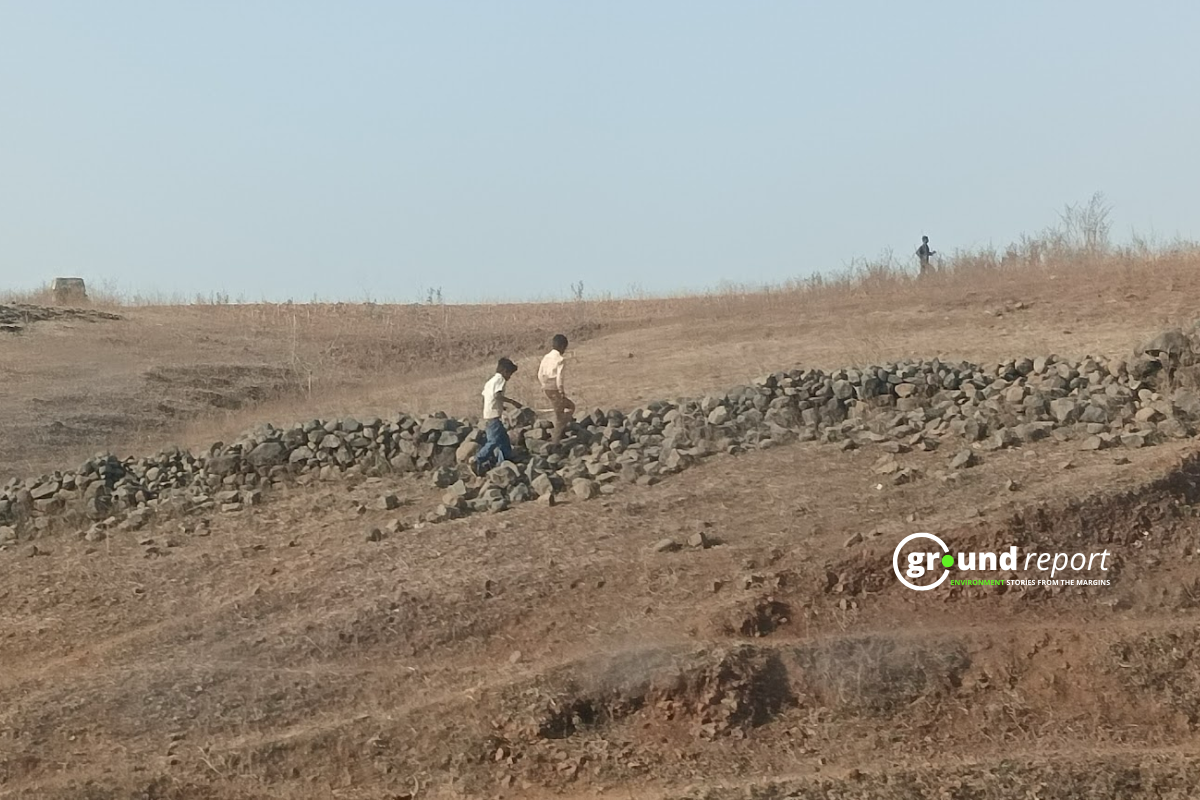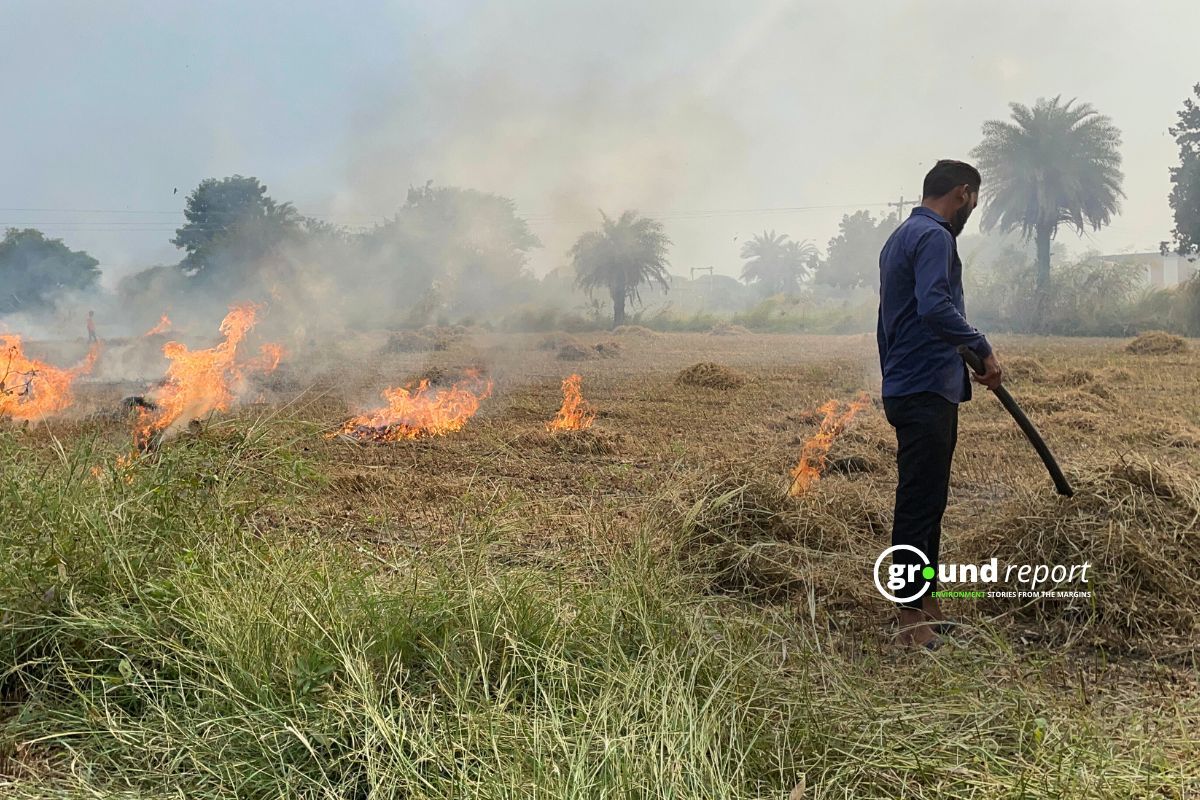The latest sowing data for the ongoing Rabi season highlights promising growth in India’s agricultural sector. According to the Department of Agriculture and Farmers Welfare, Rabi crops have been sown across over 614 lakh hectares as of December 30, 2024, indicating a steady expansion in agricultural activities this season.
Wheat cultivation has shown significant growth this year. The area under wheat sowing reached about 319.74 lakh hectares, compared to 313 lakh hectares during the same period last year. This figure also surpasses the average Rabi season wheat area of 312.35 lakh hectares, reflecting the robust production efforts in this key crop.
The sowing area for most Rabi crops has increased, except for oilseeds, particularly mustard. Mustard has been sown in 88.50 lakh hectares this year, a decline from 93.73 lakh hectares last year. Despite this decrease, the current coverage remains above the normal mustard area of 79.16 lakh hectares. On the whole, oilseed crops have been sown on 96.15 lakh hectares, which is less than last year’s 101.37 lakh hectares but still above the normal 87.02 lakh hectares.
Pulses sowing has improved slightly but still falls short of the normal average area. Pulses were cultivated on 136.13 lakh hectares this season, marginally up from last year’s 136.05 lakh hectares.
| S.No. | Crops | Normal Rabi Area (DES) | Area Sown (Area in lakh hectare) | |
| 2024-25 | 2023-24 | |||
| 1 | Wheat | 312.35 | 319.74 | 313.00 |
| 2 | Rice | 42.02 | 14.37 | 13.61 |
| 3 | Pulses | 140.44 | 136.13 | 136.05 |
| a | Gram | 100.99 | 93.98 | 93.17 |
| b | Lentil | 15.13 | 17.43 | 17.76 |
| c | Fieldpea | 6.50 | 8.94 | 8.98 |
| d | Kulthi | 1.98 | 3.13 | 3.42 |
| e | Urdbean | 6.15 | 4.22 | 4.79 |
| f | Moongbean | 1.44 | 0.86 | 0.87 |
| g | Lathyrus | 2.79 | 3.12 | 3.32 |
| h | Other Pulses | 5.46 | 4.45 | 3.74 |
| 4 | Shri Anna & Coarse cereals | 53.46 | 48.55 | 47.77 |
| a | Jowar | 24.37 | 22.24 | 22.52 |
| b | Bajra | 0.37 | 0.12 | 0.14 |
| c | Ragi | 0.74 | 0.49 | 0.58 |
| d | Small Millets | 0.15 | 0.15 | 0.00 |
| e | Maize | 22.11 | 18.93 | 17.53 |
| f | Barley | 5.72 | 6.62 | 7.01 |
| 5 | Oilseeds | 87.02 | 96.15 | 101.37 |
| a | Rapeseed & Mustard | 79.16 | 88.50 | 93.73 |
| b | Groundnut | 3.82 | 3.32 | 3.31 |
| c | Safflower | 0.72 | 0.64 | 0.66 |
| d | Sunflower | 0.81 | 0.59 | 0.33 |
| e | Sesamum | 0.58 | 0.13 | 0.25 |
| f | Linseed | 1.93 | 2.68 | 2.84 |
| g | Other Oilseeds | 0.00 | 0.30 | 0.26 |
| Total Crops | 635.30 | 614.94 | 611.80 | |
However, this figure is lower than the usual 140.44 lakh hectares. Among pulses, gram (chickpeas) was sown on 93.98 lakh hectares, an increase from 93.17 lakh hectares last year but below the normal 100.99 lakh hectares. Lentils saw coverage of 17.43 lakh hectares, slightly less than last year’s 17.76 lakh hectares but higher than the normal 15.13 lakh hectares.
Peas showed a similar trend, with sowing on 8.94 lakh hectares this year compared to 8.98 lakh hectares last year, exceeding the normal 6.50 lakh hectares. However, the area for urad dal (black gram) remains notably below average, with 4.22 lakh hectares sown this season against the normal 6.15 lakh hectares.
Millets and coarse grains, collectively referred to as “Shri Anna,” have also shown an increase in sowing. This season, these crops have been sown on 48.55 lakh hectares, slightly up from 47.77 lakh hectares last year, though still short of the normal average of 53.46 lakh hectares. Jowar (sorghum) was sown on 22.24 lakh hectares, slightly below last year’s 22.52 lakh hectares but approaching the normal 24.37 lakh hectares. Maize showed encouraging progress, with sowing on 18.93 lakh hectares this year compared to 17.53 lakh hectares last year, though it remains below the usual 22.11 lakh hectares.
The Rabi season shows positive agricultural growth, with wheat and other key crops performing well. However, challenges persist in the oilseeds and pulses sectors, where sowing is below normal. The increase in coarse grains and millets suggests growing resilience in these crops, underscoring the potential for continued improvement in India’s agriculture.
Support us to keep independent environmental journalism alive in India.
Keep Reading
Watch: Kashmir experiences first snowfall of season after dry spell
Amarnath Yatra: Tackling rising death toll from extreme weather events
Tourists arrival in Kashmir break records, a need to regulate it?
From tourist paradise to waste wasteland: Sindh River Cry for help
Follow Ground Report on X, Instagram and Facebook for environmental and underreported stories from the margins. Give us feedback on our email id greport2018@gmail.com.
Don’t forget to Subscribe to our weekly newsletter, Join our community on WhatsApp, and Follow our YouTube Channel for video stories.






